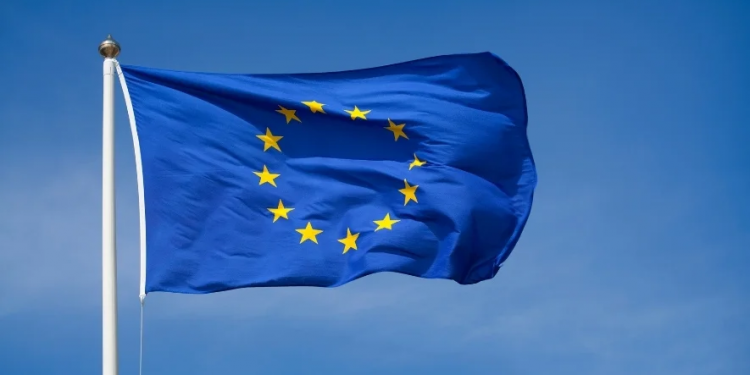Revenues from Emission Trading System
The European Union announced that it will invest the revenue from the Emission Trading System (ETS) into 19 decarbonize projects to help member states reduce greenhouse gas emissions and improve energy efficiency.
The ETS revenue this time totaled 2.19 billion euros, all of which came from the auction of carbon emission quotas. This is also the second time this year that the EU has deployed revenues. In March this year, the EU invested 2.49 billion euros in 31 decarbonize projects, and the EU’s cumulative deployment amount from 2021 has reached 9.68 billion euros.
Related Post: Deep Dive on EU Green Deal Industrial Plan
Emission Trading System and Modernization Fund
The revenue from the EU Emission Trading System belongs to the Modernization Fund, which is managed by the EU in cooperation with the European Investment Bank (EIB) to support the use of renewable energy, energy efficiency improvements, energy network modernization, etc. The Modernization Fund needs to invest at least 80% of its capital in priority investment projects and cannot invest in projects related to fossil fuels.

For member states, applications can be submitted to the European Union, the European Investment Bank and the Modernization Fund, and the EIB will confirm whether the investment is a priority investment. For non-priority investments, EIB will conduct technical and financial-related due diligence and disburse up to 70% of the project’s funding. After the investigation is passed, the EU will decide and agree to EIB to provide funds to member states. From 2021 to 2030, 2% of the revenue from the Emissions Trading System belongs to the Modernization Fund.
Types of Priority Investment Projects
Among the 136 investment projects that have been approved, 122 are priority investment projects. The types of priority investment projects are as follows:
- Generate and use renewable energy, including renewable hydrogen energy.
- Construct renewable energy heating and cooling facilities.
- Improve energy efficiency reduces overall energy use, including industry, transportation, construction, and agriculture.
- Build modern energy storage and energy networks, including heating pipelines, power grids and zero-emission transport infrastructure.
- Support low-income groups to solve energy poverty and modernize heating systems.
- Support just transitions in carbon-dependent regions.
Reference:









